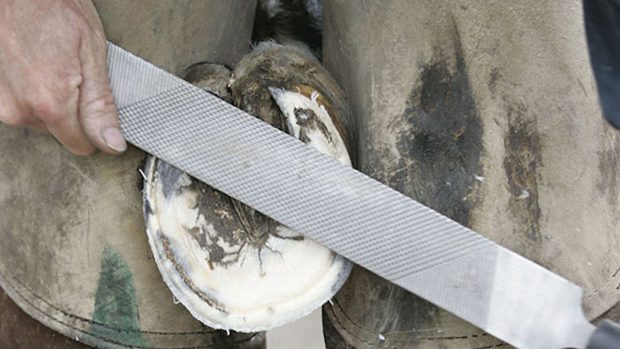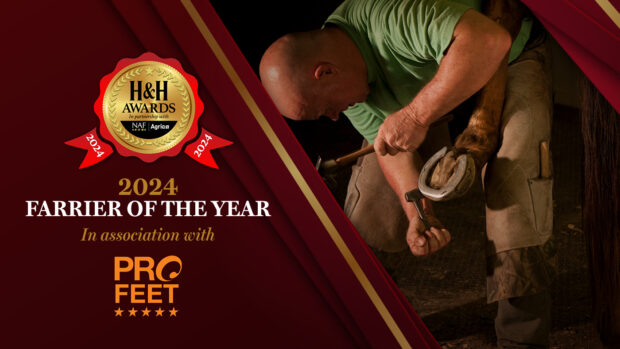Becoming a farrier is by no means an easy task. Like many professions, it requires an extensive period of study – a 50-month apprenticeship with a master farrier, including 23 weeks at college. This period culminates with the examination for the Diploma of the Worshipful Company of Farriers.
But according to Miles Williamson-Noble, registrar of the Farriers Registration Council, farriery is a craft from which intense satisfaction may be derived. “It requires hard work and dedication to become a farrier, but the rewards are numerous,” he says.
“Farriers are skilled craftspeople with a sound knowledge of both the theory and practice of the craft of shoeing,” Miles explains. “A qualified farrier is capable of shoeing all types of foot, making all types of shoe, and devising corrective farriery measures. It is hard work, and as it is practised on animals, some of which may be fractious, it can also be demanding. However, farriers never stop learning, which makes the role varied, challenging and, ultimately, extremely rewarding.”
The Farriers Registration Council
The Farriers Registration Council (FRC) was set up in 1975, and all farriers are required to register with it. The council works closely with the Worshipful Company of Farriers, a livery company of the City of London, established in 1356.
“The Worshipful Company of Farriers was given responsibility for securing adequate standards of competence and conduct among farriers by The Farriers (Registration) Act 1975, together with advancement of the art and science of farriery,” explains Miles. “Following the act, The Farriers Registration Council was set up to register persons engaged in farriery.”
The FRC also offers guidance to farriers on their responsibilities to horses, clients and colleagues, and also on legal matters, such as complying with the Farriers (Registration) Act 1975 and the Veterinary Surgeons Act 1966.
Training to become a farrier
The only method of entry into the profession is through the apprenticeship scheme administered by the Farriery Training Service.
“Candidates for an Advanced Apprenticeship (AA) in Farriery must be at least 16 years of age, though there is no upper age limit,” explains Miles. “Candidates must serve a period of apprenticeship of four years and two months while employed by an approved training farrier (ATF), a registered farrier who fulfils the criteria laid down by the FRC for the purposes of training apprentices. This period of apprenticeship includes a two-month designated probationary period, which is specifically for the ATF to assess the apprentice with the horse.”
Training comprises planned experience gained with the ATF, interspersed with periods of off-the-job training totalling 23 weeks at an approved college. The colleges currently approved to offer training are Herefordshire College of Technology, Myerscough College, Oatridge Agricultural College and Warwickshire College.
|





